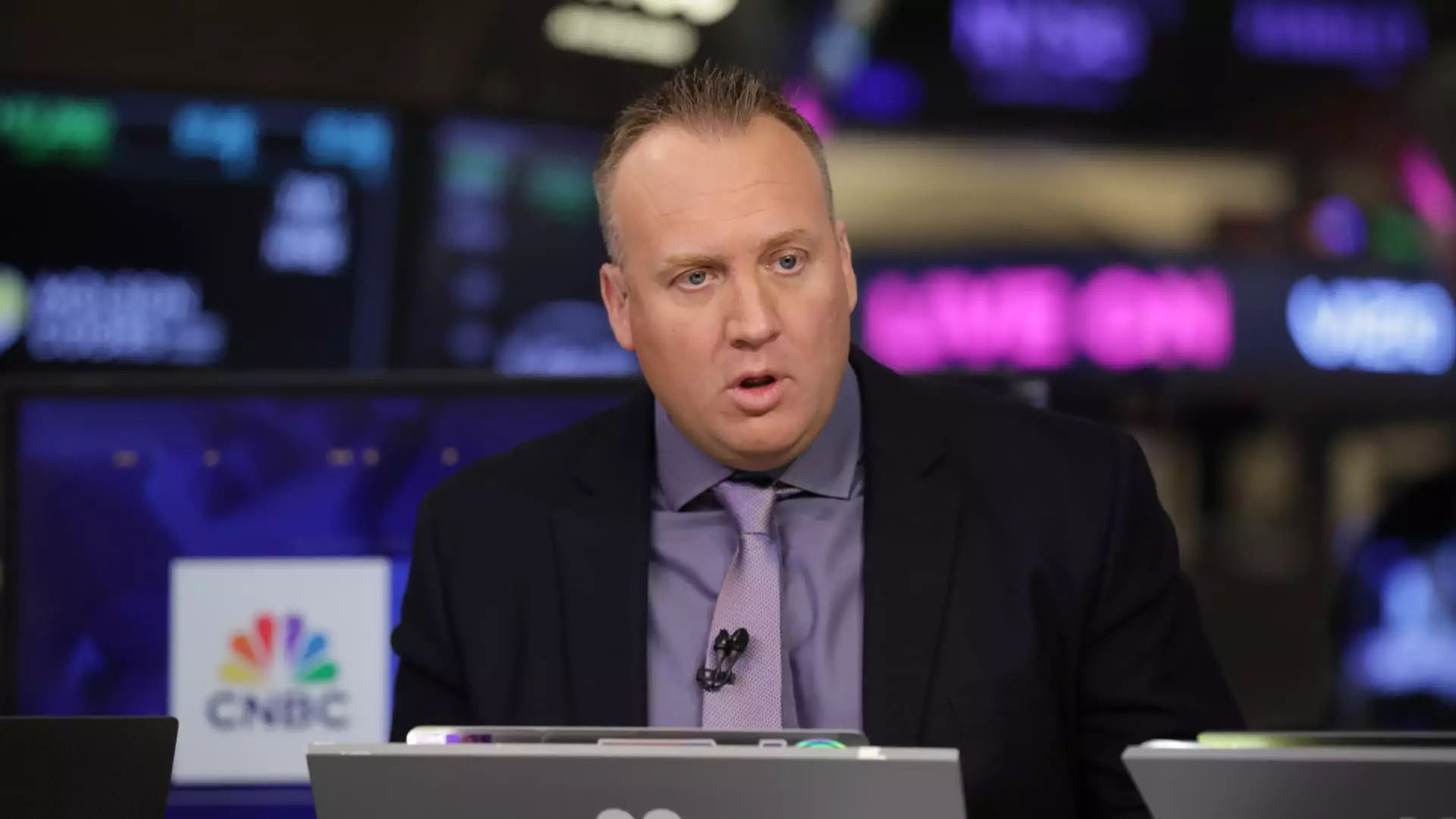In the volatile world of stock investments, where trends can shift dramatically overnight, having a high-conviction play can be a persuasive argument for any investor. Josh Brown, CEO of Ritholtz Wealth Management, has deemed Uber his largest position, capitalizing on the expected surge in autonomous driving technologies. His assertion rests on the significant transformation the ride-hailing sector is undergoing, primarily due to the introduction of robotaxis. This bold commitment exemplifies a strategic vision that optimistically aligns with the changing dynamics of transportation and technology.
Brown highlighted a crucial point: the most significant operational cost for companies like Uber is the human driver. This fundamental fact places Uber at a competitive advantage as it engages with autonomous technology innovators like Tesla and Waymo. The exit of human drivers from the equation allows for a reduction in expenses and enhances profit margins—compelling reasons for bullish sentiments surrounding the stock.
The Market Reacts
Recent developments underscore the burgeoning optimism surrounding Uber’s future. When Uber partnered with Waymo in Atlanta, share prices soared by over 8%. Such immediate market reactions indicate that investors are gradually waking up to the potential earnings power of this partnership. The expansion of autonomous vehicle options within the Uber app is not merely a new feature; it symbolizes a turning point in urban transportation. Consumers who experience these innovations may well become the brokered champions of the ride-hailing service, hence driving up demand and share values.
The immediate reaction of Uber’s stocks is a testament to the existing excitement within the market—emphasizing how investor sentiment can rapidly pivot from skepticism to enthusiasm, catalyzed by tangible advancements in technology.
Competition and Market Positioning
While Uber appears well-positioned, it’s essential to recognize the competitive landscape. Companies like Tesla are also vying for supremacy in the robotaxi arena, aiming to rival Waymo’s current status as the leading player. However, rather than viewing this competition as a deterrent, it could be seen as a tremendous opportunity for collaboration. Brown’s perspective of Uber positioning itself as a partner to these organizations rather than as a direct competitor is particularly compelling. This approach could foster symbiotic relationships that benefit all parties involved, facilitating market growth rather than fragmenting it.
The competition should reinforce Uber’s strategic initiatives, pushing for innovation and customer satisfaction—two key facets in the ever-evolving ride-hailing ecology.
Reasons for Optimism Amid Valuation Misunderstandings
It is intriguing to contemplate Brown’s assertion that Uber should be valued at over $100 a share, a claim bolstered by considerable market performance—over 52% growth this year alone. Yet, despite this impressive trajectory, shares remain below this threshold. Such a discrepancy raises questions about market efficiency and collective investor perceptions. Why the hesitance in recognizing Uber’s value?
For committed investors, such undervaluation represents a golden opportunity, echoing sentiments historically found in undervalued stocks before triggering explosive growth. Brown’s conviction not to sell even as Uber nears this price threshold speaks volumes about his confidence in the company’s long-term trajectory. His unwavering stance could serve as a clarion call for investors to reassess their understandings of Uber’s value in the face of transformative technology.
The Broader Implications of Autonomous Technology
Beyond individual investment strategies, the rise of autonomous vehicles is about much more than just one company or another. It’s an impending shift in how we view transportation, labor, and urban planning. The benefits extend to reduced costs for consumers, improved safety standards, and diminished traffic congestion—transforming our cities in a myriad of positive ways.
However, navigating this landscape will require astute considerations from policymakers, businesses, and consumers alike. Regulatory frameworks must evolve to accommodate technological advancements while ensuring safety and ethical practices, a task that could prove monumental. These dynamics will play a critical role in shaping how quickly and effectively the ride-hailing sector can transition to an autonomous model, and thus, the future looks as promising as it is complex.
In a fast-changing economic landscape, staying ahead of the curve necessitates willingness to embrace bold positions. Josh Brown’s investment in Uber may well be the leading edge of a transformative wave in transportation that reflects market adaptability and future potential.

